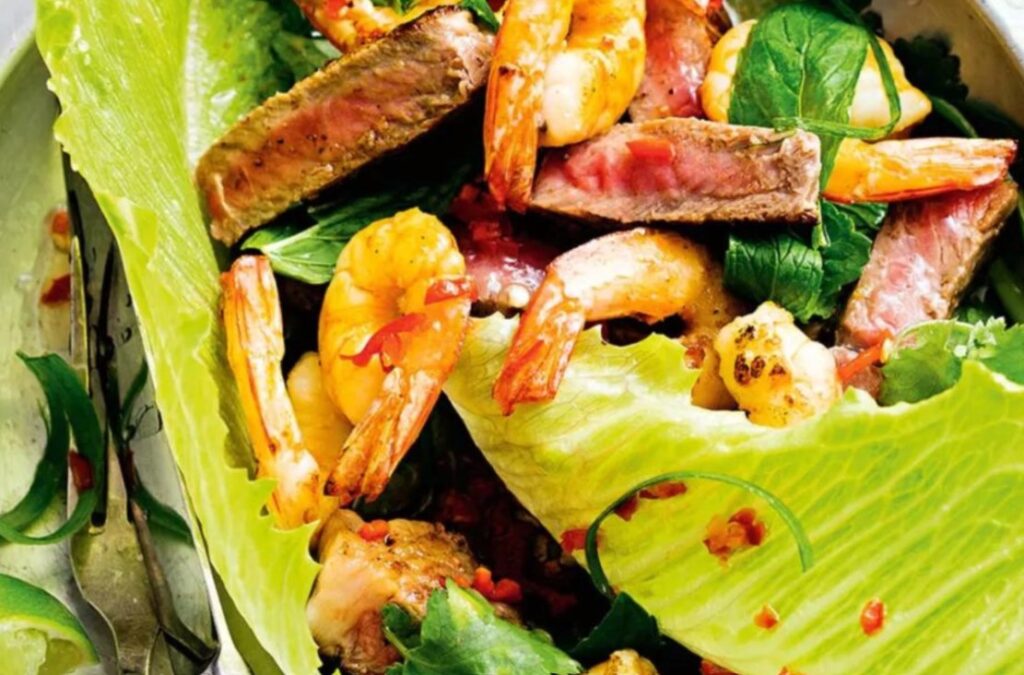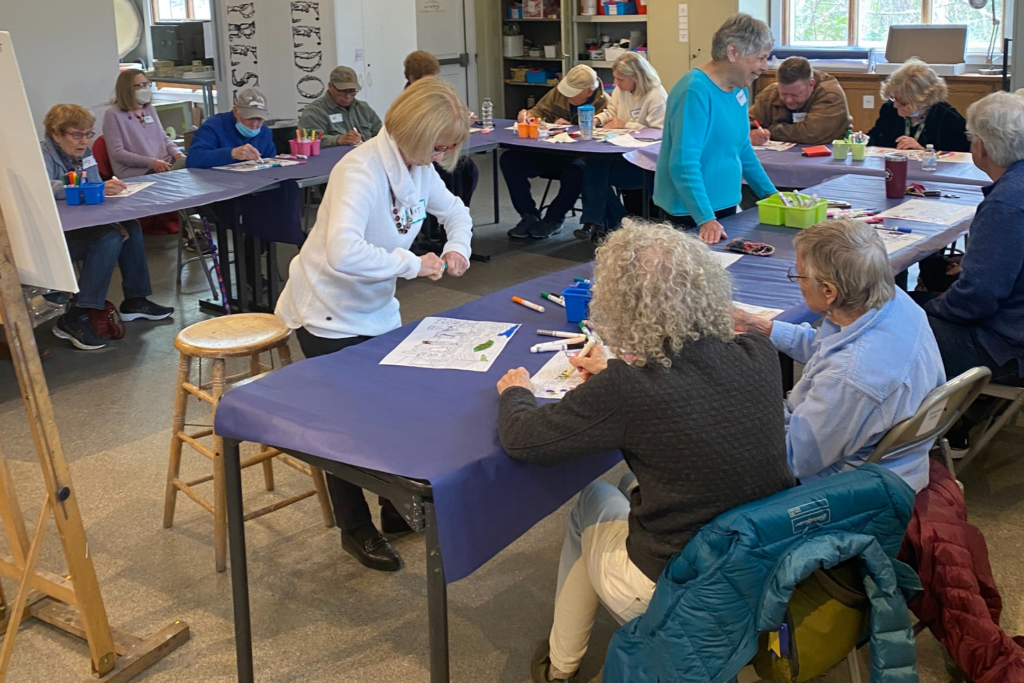
- This event has passed.
When White was the New Black
June 4, 2019 - December 14, 2019
When White was the New Black features white lawn outfits from the 19th and early 20th centuries. Several costumes on display are for young children, boys and girls.
All through the 19th century black as a costume color was predominantly equated with mourning outfits. Black non-mourning outfits were worn by women but not as a common fashion style. It wasn’t until the 1920s with the creation of the LBD (little black dress) by designer Coco Channel did black become an important fashion color.
What about white, when was white the new black in fashion terms. In the late 19th century as a middle class was developing with more leisure time available, fashions were adopting for this growing group of consumers, this included the white lawn outfit which was light in weight, airy in design and more comfortable, not needing corsets, bustles or hoops.
Before the early 20th century, clothing worn by infants and young children shared a distinctive common feature – their clothing lacked sex distinction. In today’s world, it looks as if little boys were dressed like little girls, but in the past, boys and girls were simply dressed similarly in clothing appropriate for “small children.”
Children commonly wore dainty white dresses up to age 6 – 8. Fabric types used included voile, eyelet, embroidered muslin, dotted swiss and lawn. White was the color of choice because it was easily washed and bleached.



